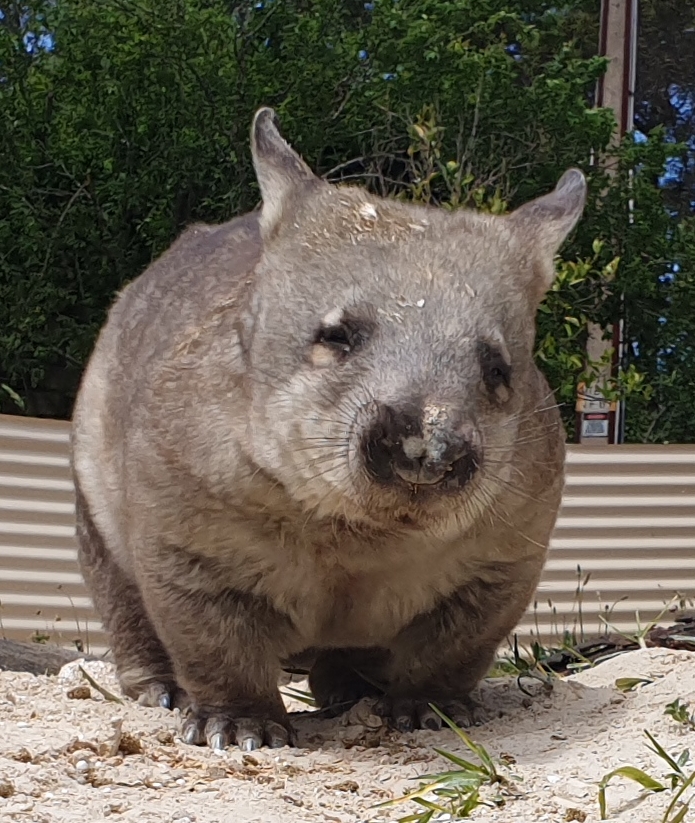Meet an amazing creature that’s uniquely Australian – the Southern hairy-nosed wombat. A relative of the adorable koala, this marsupial has quite a few interesting features that catch both nature enthusiasts and curious minds. To answer your first question – yes, it’s as real as the nose on your face! And yes, it even has a Northern cousin.
Curious Facts about the Southern Hairy-Nosed Wombat

This burly marsupial finds its home along Australia’s southern coastline, where open woodlands, plains, and savannas are plenty. Known to have an herbivorous diet, the Southern hairy-nosed wombat munches on grasses and roots within its home territory, typically measuring between 5 to 10 acres.
The Speedster of Marsupial World
Despite their chunky physique, wombats can outrun humans! Their powerful legs are perfect for sprinting, burrowing, and excavating. Growing up to 40 inches and weighing over 50 lbs makes them one of the larger marsupials. As intriguing as their cuddly appearance might be, it’s best not to keep them as pets. Their claws and robust bodies can potentially cause harm and widespread havoc!
Unpacking the Specifics of Southern Hairy-Nosed Wombat

What sets the Southern hairy-nosed wombat apart from other subspecies is its hands. Most wombats can curl their hands into a fist, a primal feature that assists in grasping and climbing activities. However, this marsupial, along with its Northern counterpart, lacks this ability, making climbing an impossible task for them.
A Unique Beauty in Its Own Right
Parading a long and thick fur, this specific type is arguably one of Australia’s unique beauties. Although their concrete-plowing strength might overshadow their charm, they represent a peculiar side of Australia’s biodiversity.
To summarize, the following key characteristics of the Southern hairy-nosed wombat are:
- Homes in open woodlands, plains, and savannas
- Powerful runner and digger
- Unable to climb due to the inability to form a fist
- Appealing long and thick fur
Intrigued? Want to learn more about wombats in general? Check out this comprehensive article about Hairy Nosed Wombats.
Stay tuned for more hidden treasures from the animal kingdom in our next dig. Happy exploring!